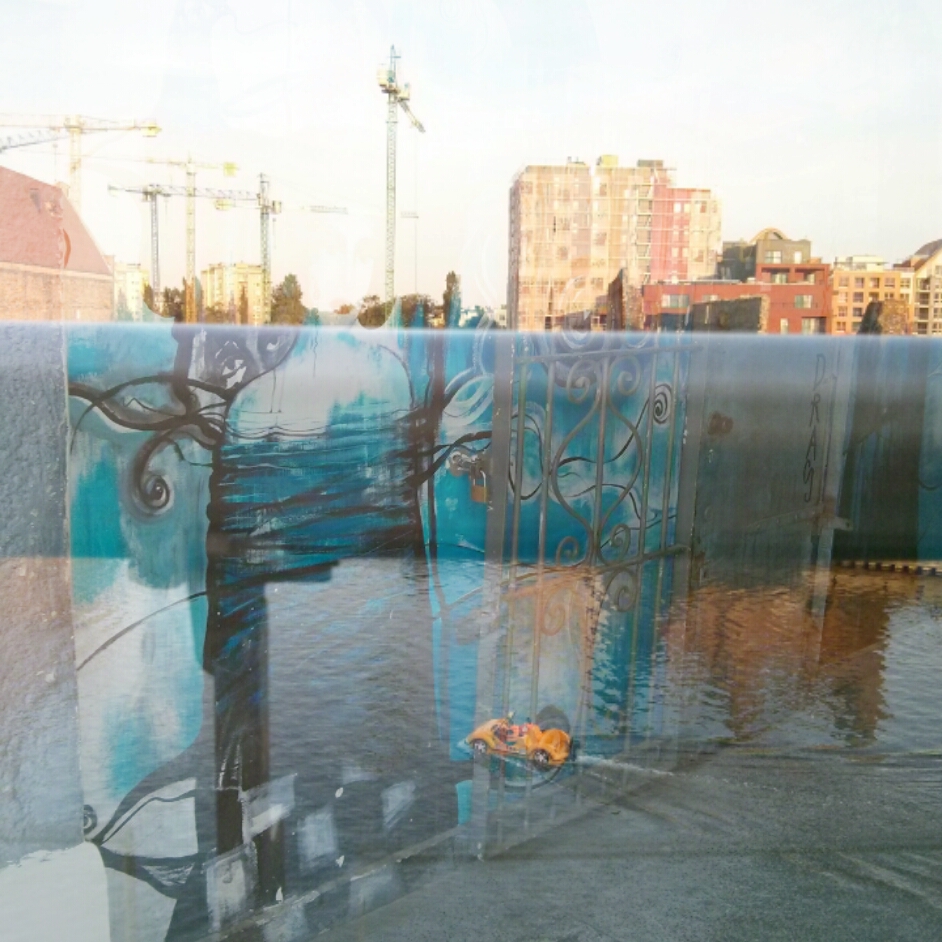As a researcher by profession and passion, I find myself being forcibly inspired by the mundane and uninteresting, deceiving a determination to finish a report on a topic that I may not be genuinely passionate about. This in turn has had a large part to play with my general ambiguity over things that I have an honest not for profit interest in.
The last piece of research that I read which sparked off a genuine interest for me - and by genuine interest, I mean a desire not to skim read the entire document - was Alex Rhys-Taylor’s PhD thesis entitled Coming to Our Senses. A multisensory ethnographic piece spanning Ridley Road Market and Petticoat Lane Market, with the aim to persuade urban micro-sociologists not to overlook the importance of sensory experiences of the city dwellers they aim to dissect.
Despite being a bit thin on the ground with regards to locations covered (Rhys-Taylor chose to observe two prominent east end markets, a select few businesses, their owners, their customers and all bits in between). The analysis and the parallels drawn provide intellectual insights into the multisensory experiences gained by those who actively participate in frontline urban life. Rhys-Taylor takes this further to analyse everyday objects and occurrences that would regularly frequent the market’s examined, drawing the reader’s attention to the contemporary shifts in meanings of ordinary objects found within your atypical East End market.
One particular example, is the contemporary role of the seafood stand so synonymous with East End culture. Once a common trade of the early twentieth century Jewish migrant to, and now one of the last remaining symbols of the ‘real’ East End - despite being a source of disgust by those outside of the ‘know’. The humble molluscs and eel (boiled and cooled to develop its accompanying jelly) are sold to customers from a stall, eliciting a level of disgust partly thanks to the ‘unhygienic’ location of the market and also due to the biblical connotations of shelled sea animals and snake-like creatures (see Leviticus). Ultimately within this example, Rhys-Taylor asks the weak stomached to; acknowledge the synesthetic dissonance that plays a key part in their disgust; to re-address the socio-economic distinctions associated with certain water based animals; and to re-evaluate notions of ‘appropriate’ food places - why is seafood anywhere else apart from an east London market palatable? Rhys-Taylor also goes on to talk about the overtly sexual connotations surrounding oysters, and how their consumption within the (commonly assumed) sexually and culturally dangerous space of east London, does little more than cement the consumption of oysters in a market as a behaviour for the un-refined.
Further parallels are given within a well-researched socio-historic-economic context.
By addressing the banal and ordinary instances within an East End market in a way that is genuinely inquisitive, Rhys-Taylor encourages his readers to look at these normative existences – jerk chicken bagels, jellied eels, incense sticks, halal haribo, etc - and question their modes of existence and the effects that they may or may not have on our everyday existence; our relationships with others; and our ever-changing local spaces.

No comments:
Post a Comment